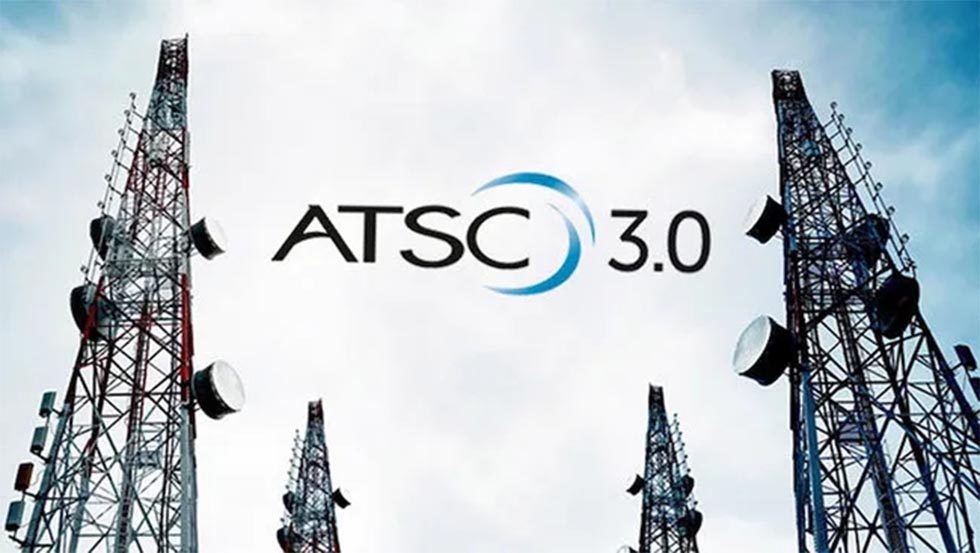ILLR Propagation Analysis Key to EchoStar Distant Network Signal Case
Failure to properly use the results of FCC ILLR (Individual Location Longley-Rice) propagation analysis to determine whether households receiving programming from distant network stations were "unserved" by local network affiliates was a key component in the U.S. District Court for the southern district of Florida's judgment against EchoStar. The plaintiffs in the copyright case against EchoStar included CBS Broadcasting, Fox Broadcasting, ABC Television Affiliates Association, CBS Television Network Affiliates Association, FBC Television Affiliates Association and NBC Television Affiliates Association.
Most broadcast engineers are familiar with the Longley-Rice propagation model as used in FCC Bulletin OET-69 to determine TV broadcast station coverage and interference. The Individual Location Longley-Rice (ILLR) computer program developed by the FCC is not as well known. It is used to calculate the field strength of a broadcast TV station at a specific household at specific coordinates for the purpose of determining whether the household studied should be considered "unserved" by the TV station. In most cases, a household is considered "unserved" if it does not receive a Grade B signal from the station.
Some of the parameters used in OET Bulletin 72 differ from those used in OET Bulletin 69. In most OET-69 studies, terrain elevation is extracted every 200 meters. OET-72 specifies terrain elevations spaced 100 meters apart along the path. The receive antenna height used for the analysis is assumed to be six meters (20 feet), rather than the 10 meters used under OET-69. In OET-69, if the Longley-Rice program returns an "error code 3" (KWX=3), the cell is considered to be served and interference free. In OET-72, the calculated field strength is used even if an error code 3 is generated. For ILLR, the Longley-Rice model is run in the individual mode. One significant difference is that ILLR requires the addition of specified attenuation values for land-use and land-cover in the vicinity of the receive location. OET-72 groups USGS land use and land cover definitions into ten broader categories and assigns a clutter loss value to each category. No loss is added for VHF channels in any of the ten categories. For UHF, the band is divided into two segments--channels 14-36 and channel 38-69. For example, the greatest loss for channels 38-69 is 8 dB in category 5, Forest Land.
In the EchoStar case, the Court found that the satellite operator was including interference in its ILLR calculations. Interference is calculated in Longley-Rice as implemented in FCC Bulletin OET-69. However, in the case of ILLR, interference is not used in determining whether a signal can be received at individual locations. The Court also found that EchoStar unfairly biased studies against broadcasters when it used two vendors to do the calculation and if either of the two showed the signal level was low enough to call the household "unserved," that study was used. Because ILLR requires the use of a database with house addresses geo-coded into latitude and longitude, households can be shown at slightly different locations in different databases, especially in rural areas. Also, broadcast stations sometimes change power or transmitter location. Depending on when the station database was updated, differences between databases can occur here as well. The Court also found that in many cases, EchoStar never used the ILLR program results to terminate distant network station service to households.
The Final judgment for Plaintiffs and Findings of fact and conclusions of law in case DIMITROULEAS - CBS Broadcasting, Inc., et al. v. Echostar Communications Corporation, et al. can be downloaded from the U.S. District Court Southern District of Florida Orders and Opinions web page. FCC Office of Engineering and Technology has OET Bulletin Number 72 (July 2, 2002) on line.
The professional video industry's #1 source for news, trends and product and tech information. Sign up below.
